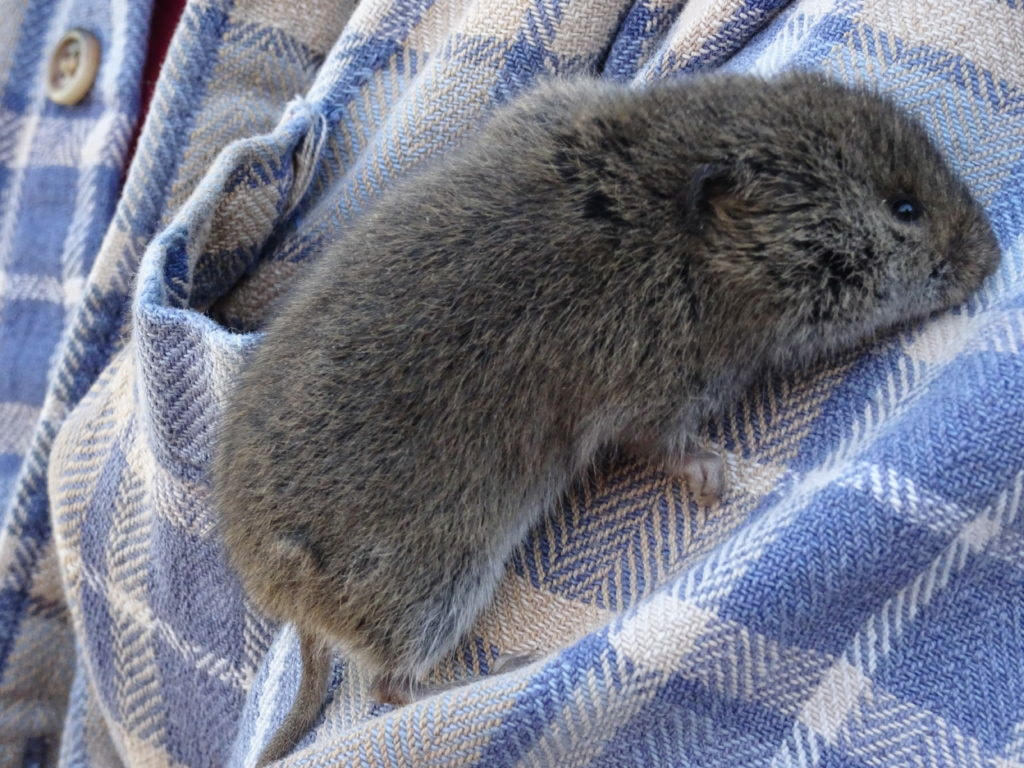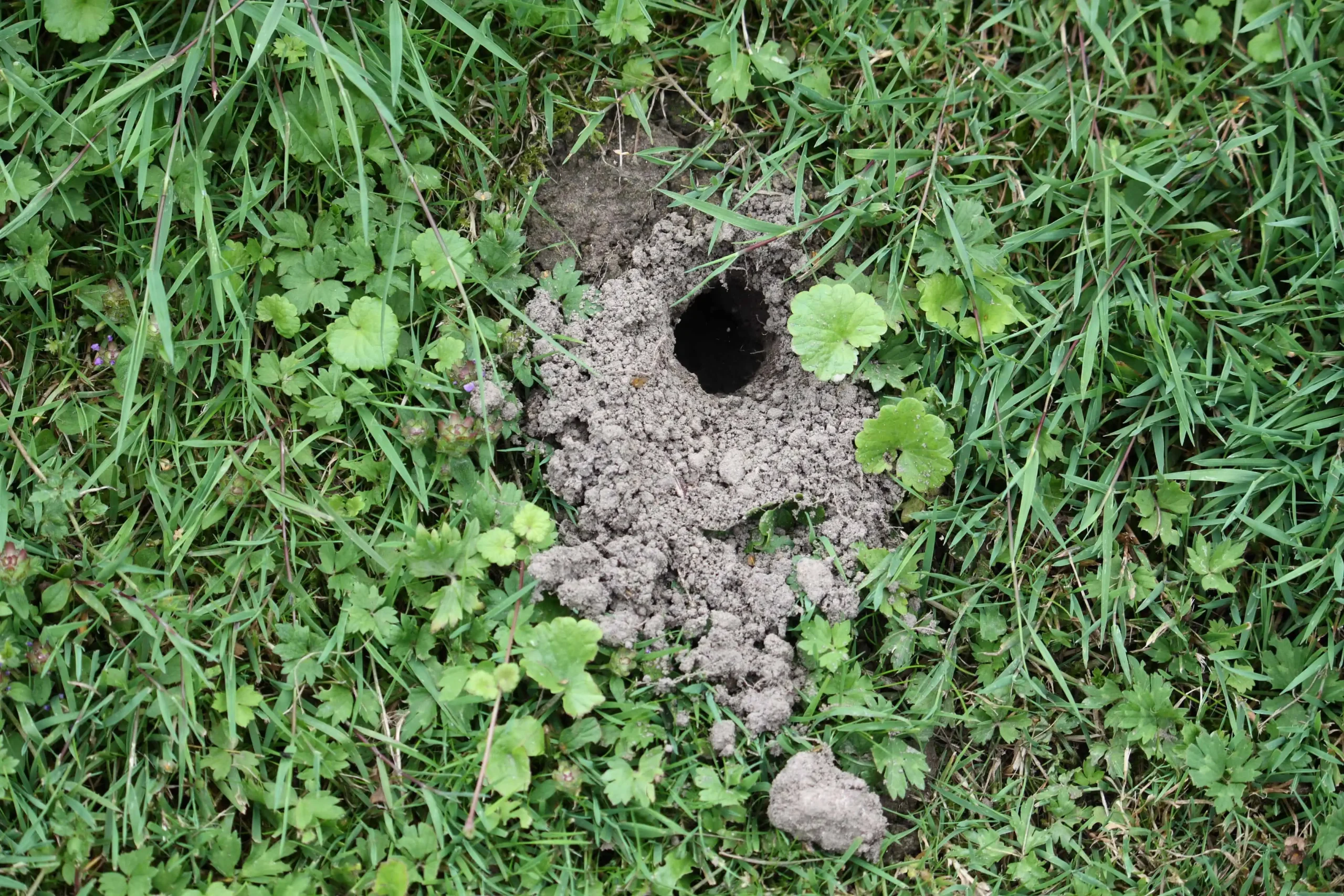Expert Approaches for Vole Control and Avoidance
Expert Approaches for Vole Control and Avoidance
Blog Article
Comprehensive Overview to Reliable Vole Parasite Control: Invasion Recognition and Treatment Methods
In the world of efficient insect control, vole invasions position a distinct obstacle that requires a tactical approach. These little rodents, often incorrect for mice, can unleash mayhem on yards, yards, and plants if left unattended. Recognizing the indications of vole presence and carrying out targeted treatment techniques are important parts of a successful bug administration strategy. By exploring the subtleties of vole behavior, recognizing key indications of invasion, and reviewing a range of control alternatives, one can establish an extensive approach to fight these evasive pests.
Recognizing Vole Habits
Vole behavior is identified by their delving habits and rapid reproduction prices, making them a tough bug to control successfully. These tiny rats typically create elaborate tunnel systems underground, using them for shelter, food storage, and transportation. Voles are herbivores, consuming a selection of plants, light bulbs, roots, and turfs, which can create considerable damage to gardens, orchards, and grass. Their fast reproductive price more makes complex control initiatives, with women with the ability of creating multiple litters in a solitary year, each consisting of several offspring.
Comprehending vole behavior is essential for reliable pest control methods. By identifying their burrow places, checking feeding areas, and carrying out targeted control methods, such as trapping or environment alteration, vole infestations can be handled successfully.
Signs of Vole Problem

Prevention Techniques
Executing effective prevention methods is essential in reducing vole problems and protecting plant life from their damaging feeding practices. To prevent vole problems, it is essential to start by removing prospective food resources and shelter.
Routinely evaluating the residential property for indications of vole task, such as runways and delve openings, is critical for very early discovery and timely action. If vole task is believed, think about utilizing catches or repellents purposefully put near their pathways. Using all-natural killers like owls or serpents can likewise assist keep vole populaces in check. By carrying out a combination of these prevention gardeners, methods and house owners can properly safeguard their plant life from vole damages.
Non-Lethal Control Techniques
To efficiently manage vole populaces while focusing on gentle approaches, non-lethal control strategies offer functional services for lowering vole damages in my blog gardens and landscapes. One reliable method is using physical barriers such as hardware fabric or wire mesh to shield at risk plants. These obstacles can be hidden at the very least 12 inches bent and deep at a 90-degree angle to stop voles from delving underneath. Additionally, environment modification can discourage voles by reducing their favored food resources and concealing areas. Keeping a well-mowed lawn, eliminating debris, and maintaining greenery trimmed can make the atmosphere less enticing to voles.

Lethal Control Options
One efficient approach for addressing vole problems in gardens and landscapes involves the calculated use deadly control choices. When confronted with a serious vole problem that non-lethal methods have failed to consist of, carrying out deadly control procedures ends up being critical. One typically used lethal control choice is using snap traps. These catches are designed to quickly and humanely kill voles upon activation, making them a prominent option for numerous garden enthusiasts and landscapers. To increase the efficiency of snap catches, it is advised to position them in areas where vole activity is high, such as along runways or near burrow entryways. Another dangerous control choice is the usage of poisonous baits particularly created to target voles. These baits include toxin that is consumed by the voles, leading to their ultimate demise. Care has to be worked out when using harmful lures to prevent injury to non-target pets or pets. In general, when using dangerous control alternatives, it is crucial to do so responsibly and according to neighborhood laws to successfully manage vole infestations.
Verdict
To conclude, reliable vole pest control calls for an extensive understanding of vole actions, identification of indicators of problem, execution of prevention approaches, and utilization of both non-lethal and lethal control techniques. By combining these strategies, people can successfully take care of vole populaces and safeguard their residential or commercial property from damages. It is necessary to attend to vole problems quickly to stop more issues and reduce the effect on the surrounding atmosphere.
Provided the complex passage systems and rapid recreation rates particular of voles, identifying the indicators of vole problem becomes essential in efficient insect control. One of the primary indicators of vole existence is the presence of surface paths or trails in grass or snow, usually regarding 1-2 inches large, produced as voles travel between their burrows and food resources.To effectively handle vole populaces while focusing basics on humane methods, non-lethal control methods supply practical services for decreasing vole damages in gardens and landscapes.One efficient technique for dealing with vole problems in landscapes and gardens entails the critical use of deadly control options. vole pest control.In final thought, reliable vole pest control needs a comprehensive understanding of vole behavior, identification of indicators of infestation, application of avoidance techniques, and utilization of both non-lethal and deadly control techniques
Report this page